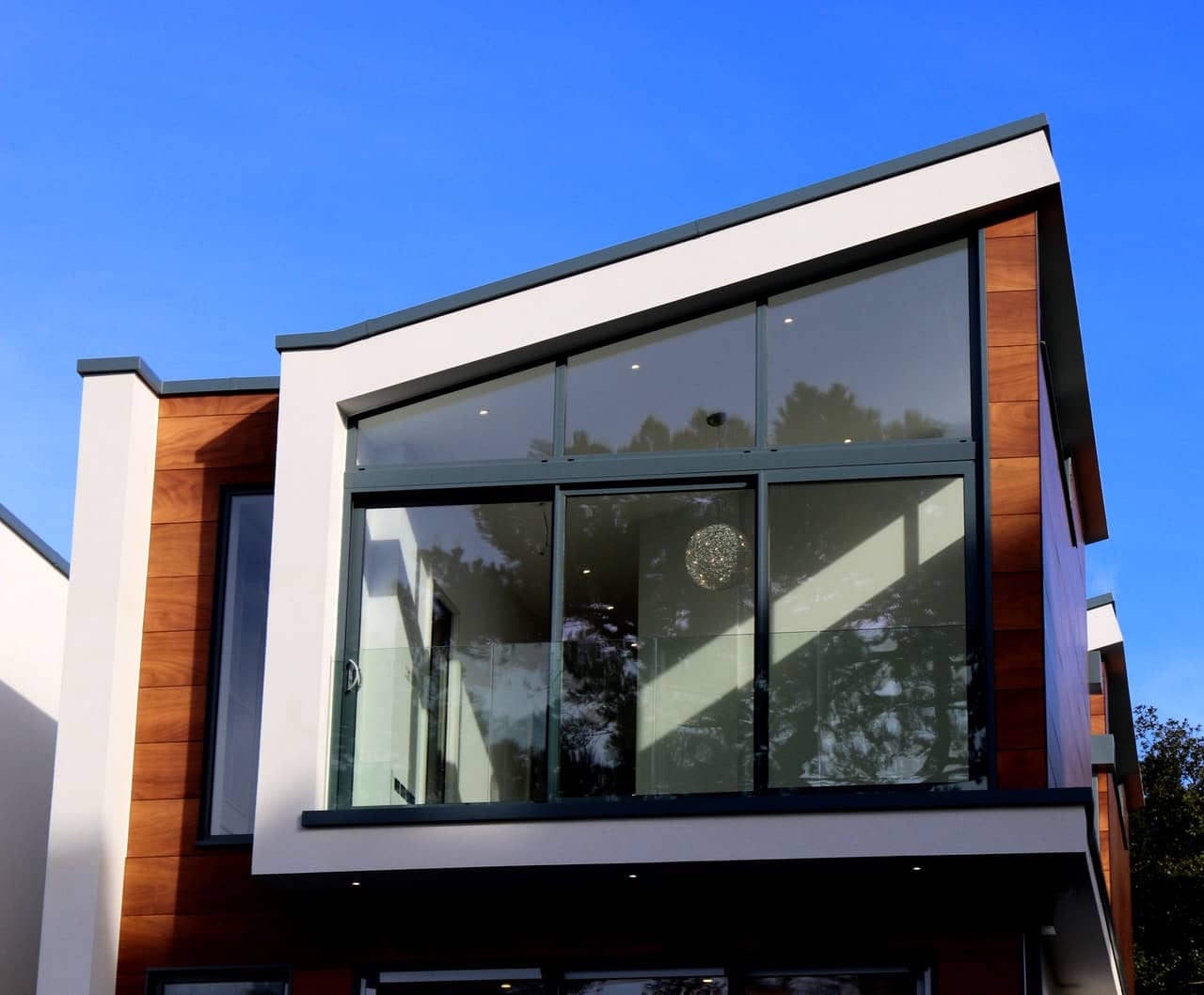If you’ve been looking into doing some construction, then you might have stumbled upon something called crushed concrete aggregate. A form of green concrete, crushed concrete aggregate is gaining popularity for building projects the world over. You might be asking yourself “What is crushed concrete aggregate?”
You probably also want to know what it’s used for. It is right for your project? Read on, for an in-depth look at crushed concrete aggregate.
What Is Crushed Concrete Aggregate?
Crushed concrete aggregates are pieces of old concrete buildings, roads, and other destroyed concrete structures that are crushed in a crushing machine. This crushed material is then washed clean, then broken up into smaller fragments. The fragments are added to other materials, including virgin concrete, to create recycled aggregate.
The quality of the recycled material is dependent on embedded items within the recycled concrete. Things such as steel reinforcements, paper, soil, and other items must be removed during the refinement process. The purer the recycled material, the stronger the resultant aggregate will be.
Currently, recycled concrete supplies about five percent of all aggregate use. The bulk of this is used as a road base. The rest is used for new concrete mixes, asphalt, and fill for other building projects.
What Is It Used For?
Crushed concrete aggregate is used in construction projects such as bridge foundations, soil-cement pavement bases, airport runways, and oil and gas civil construction projects. It is also used for pavements, shoulders, and sidewalks. In addition, it can be used for making structural grade concrete, lean-concrete, and bituminous concrete.
You can use recycled concrete as the base for new residential or commercial projects. This base helps level out the terrain and give the construction project something solid to work from. Many construction sites put concrete aggregate down to help stop tracking mud through a project.
Private uses for crushed concrete aggregate include making aggregate concrete patios and aggregate concrete driveways. Using it can reduce costs on these small projects while not reducing quality.
What Are the Drawbacks?
While still gaining in popularity, there are drawbacks to crushed concrete aggregate to watch out for. For example, if there is a high concentration of aggregate in the construction casts, then there is a high probability for them to fail. The best percentage of aggregate is around thirty percent.
Next, the aggregate needs to be refined. The unrefined concrete aggregate has its uses, but building highways is not one of them. A good example of this is the case of Highway 427, which used unrefined aggregate.
A forensic analysis of the build material found deleterious materials in the mix, including gypsum, drywall, wallboard, and plaster. This led to cracks between lanes and an uneven roadway. It left the highway worse than before construction began.
You need a visual inspection to confirm that the mix is refined enough for use. This does not get rid of all deleterious materials, such as brittle concrete, but you take care of things such as cardboard.
Other contaminants to watch for include things like paint. Sealants are also a contaminant. These are things that need to be washed out of the mix before use.
Why Should You Use It?
Using aggregate concrete has many advantages. Not the least of which is that crushed concrete aggregate is cheaper since it isn’t mined. It has a reduced environmental impact, which gives it appeal to governments and other customers.
Using it helps to preserve natural resources, such as gravel and water. It helps clean up landfills, which helps the environmental impact. Its strength is comparable to virgin aggregate, especially when adding something like fly ash to the mix.
Since it is lighter than virgin stone aggregate, crushed concrete aggregate is easier to place and level off. Finishing the surface is exactly the same as regular concrete, as well. You can compact and transport crushed concrete aggregate in the same way as standard concrete.
One of the ways in which using recycled concrete saves money is through transportation costs. It is possible to process the demolished structure and use it directly in the new project on-site. This reduces the need for new materials that need to be transported in.
Recycling Opportunities
Recycling concrete is an important element in making sure a project is LEED-certified. The LEED Green Building Rating System requires a minimum of twenty-five percent recycled post-consumer waste for certification. Using crushed concrete aggregate for these building projects helps to reach that number.
Recycled concrete has been shown to absorb carbon dioxide from the local environment. The action of breaking up the recycled concrete exposes new areas of the concrete to the carbon dioxide in the atmosphere. Since the process of carbonation occurs from the surface inward, these newly exposed areas will suck up the gas.
Using recycled concrete in this manner allows for the elimination of concrete in landfills and creates a more sustainable construction material. It also has a smaller carbon footprint than virgin aggregate and takes less energy than mining for virgin aggregate does. This has the side effect of conserving virgin aggregate stock, as it is being used up near big cities.
Aggregate Solutions
Crushed concrete aggregate use has grown as humanity started finding ways to be environmentally conscious. As technology has improved, so has the strength of crushed concrete aggregate increased. These reasons, among others, make crushed concrete aggregate a good investment.
Enjoy this article? Take a look around our site for more informative articles about home improvement.










